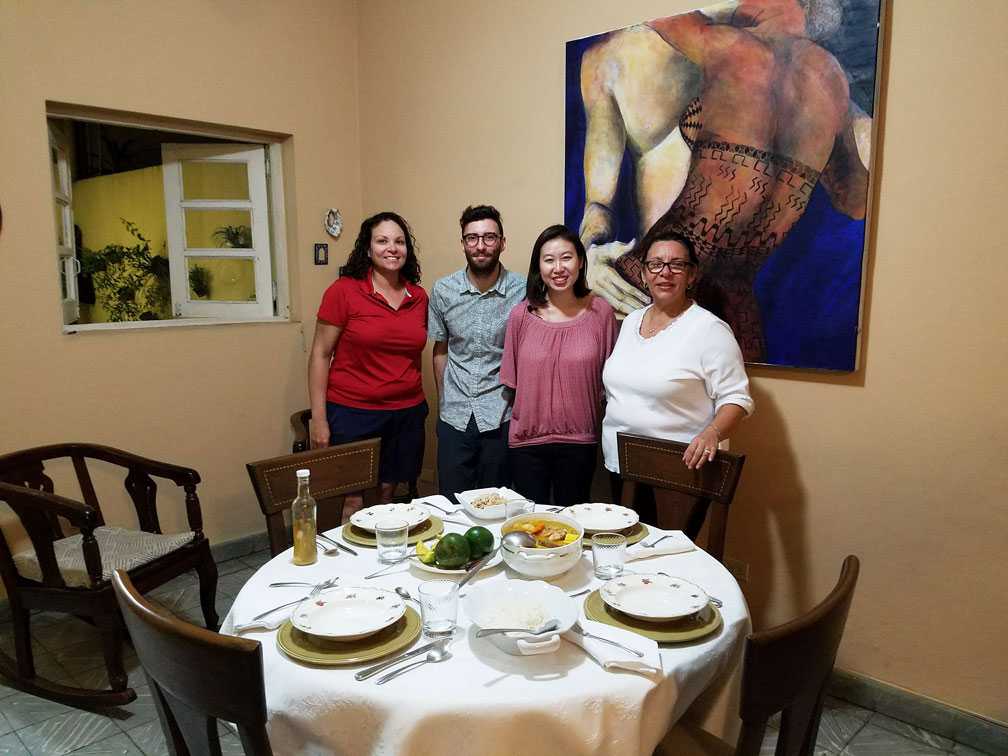Cooking in the Dominican Republic
I decided on the capital city of Santo Domingo - not Punta Cana, not Puerta Plata or any of the other beach resort cities - mainly because travel magazines were telling me Santo Domingo was the next "it" city to visit. While there weren't a ton of tourists flocking to the destination just yet, it soon would. (And then of course, it wouldn't be as trendy to visit. Sigh.)
I have to say, I didn't know that much about Dominican food. From what I had eaten on the streets, I could tell many of the foods were quite comforting - braised meats, stews, beans and fried plantains.

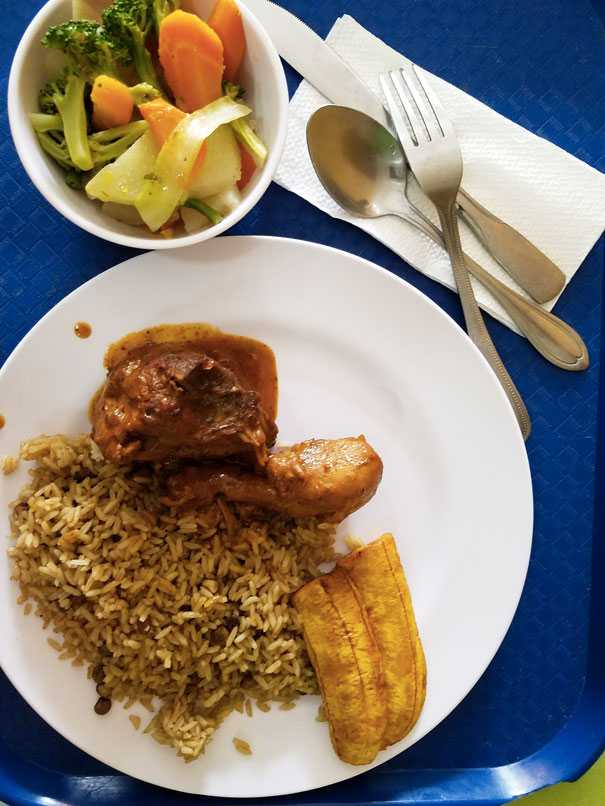
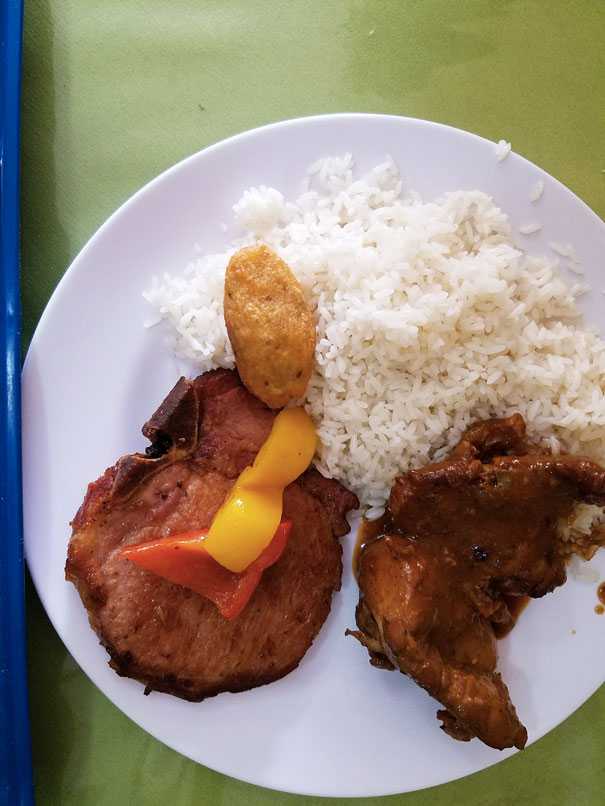
As a vegan who guiltily eats whatever when she travels, I found refuge in the many smoothie and juice shops the city had. You could get everything from coconut water in freshly drilled coconuts to detox elixirs with papaya, red peppers and celery.
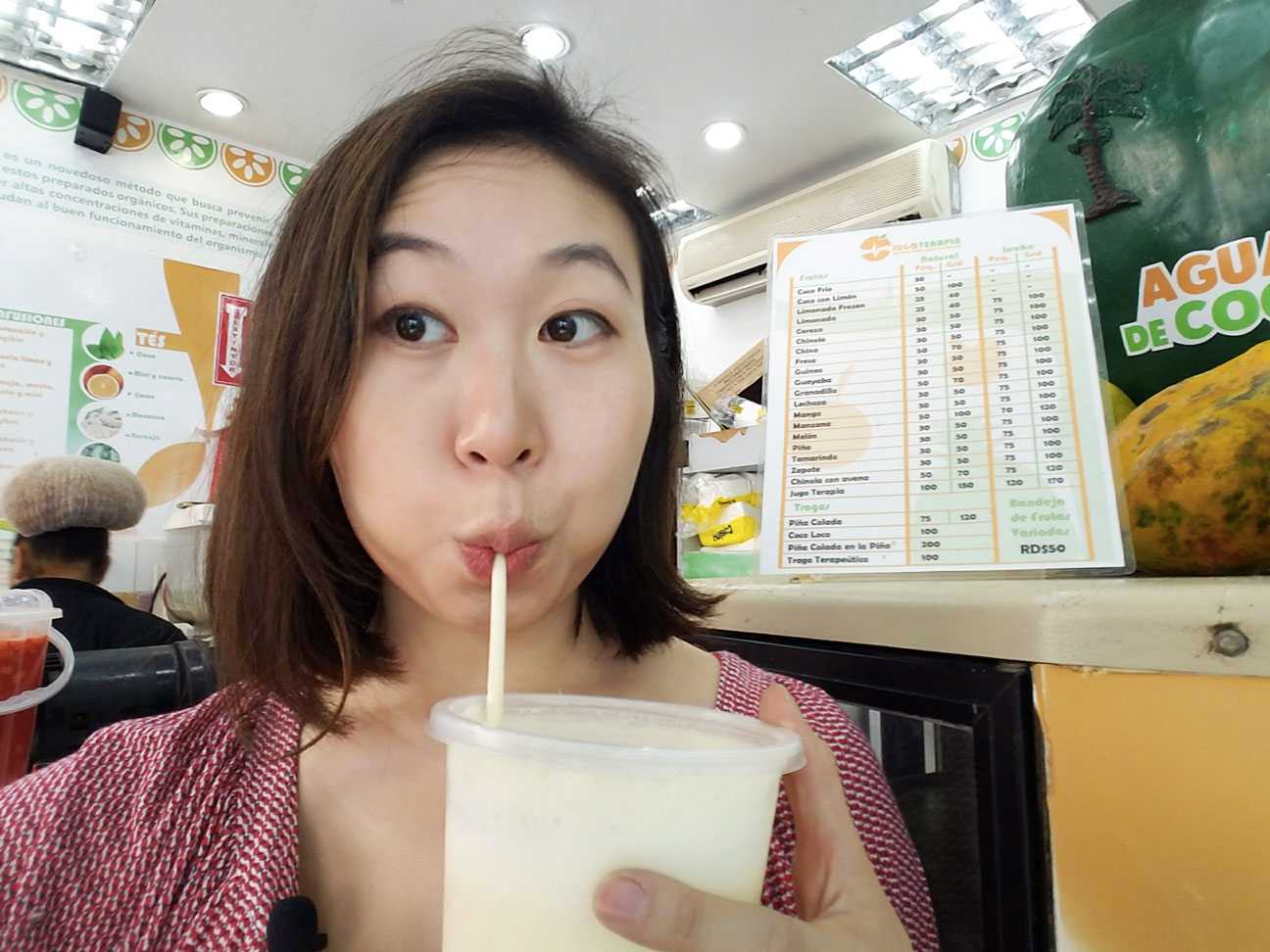
Anyways, when I found out there were food hosts in Santo Domingo (I find them through a site called The Traveling Spoon) willing to show me some dishes in the kitchen, I was more than ecstatic. I always say that traveling feels so much better when someone invites you into their home to have a meal. You learn so much about the culture and the food.

So the dish we would be making with my host, Rossy, was a classic Dominican multi-meat stew called sancocho. Some people call this the king of Dominican dishes because as you will see, there is literally everything in it. In our sancocho, we used beef, chicken and ham, but you could put in a ton more.
In making this stew, I also learned about the many root vegetables the Dominicans ate. It wasn't just plantains - both green and yellow, but also taro and batata and yuca and mapuey and name. There are so many more, and they are all delicious. These tubers have more bite to them than a potato would. The texture and mouth feel are also richer.

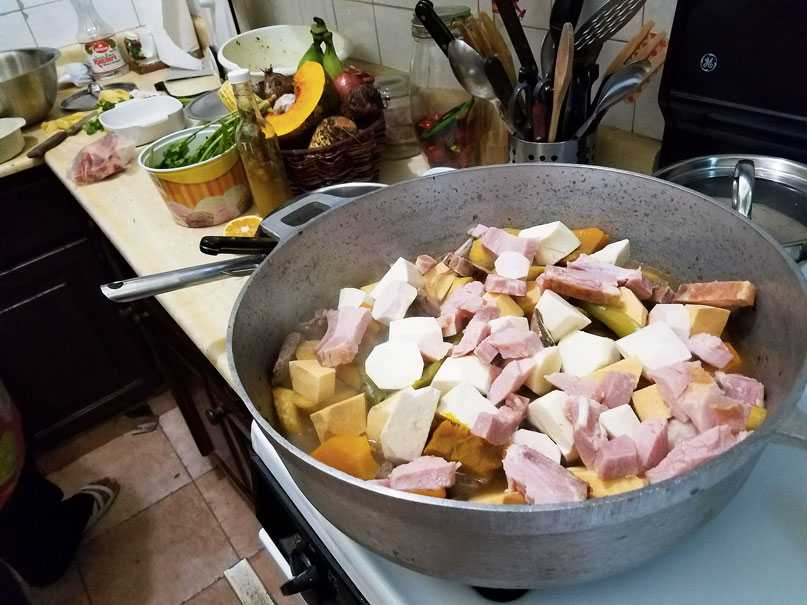
I also learned about a new herb called culantro (above on the left). The whole time, I thought Rossy was saying cilantro, and I just thought it was another form of the herb. I have to say it smelled exactly like cilantro, but perhaps the flavor is slightly less strong. Still, if you didn't have culantro, then cilantro could easily be substituted.
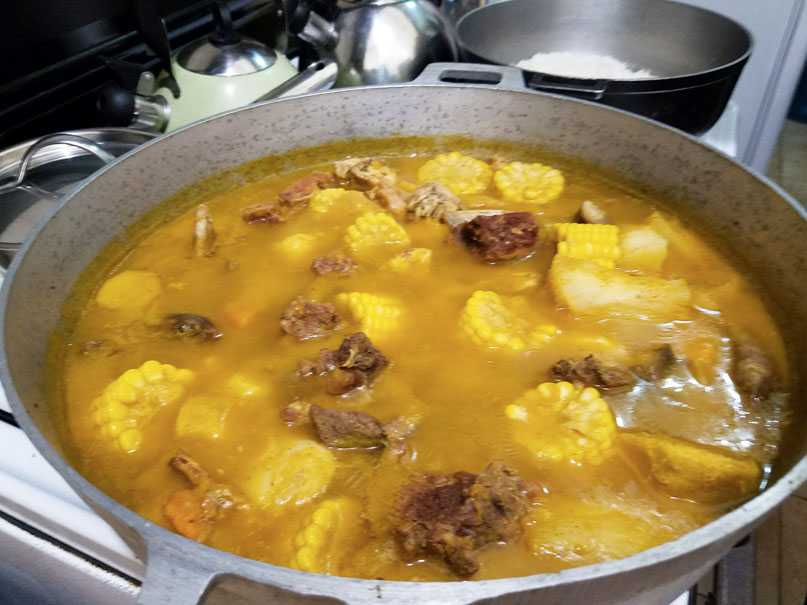

We paired the stew with rice and concon, which is the crunchy and burnt layer of rice at the bottom of the pan. Oh my gosh did the crunchy rice provide a nice pop of texture and roasted flavor to the stew. Not only that, but a side of avocadoes were paired with the stew, which I never would have thought to do. Rossy and her daughter told me sometimes it's just what they did for dinner. Avocadoes were just eaten along with the meal, sort of like a side of bread or something.
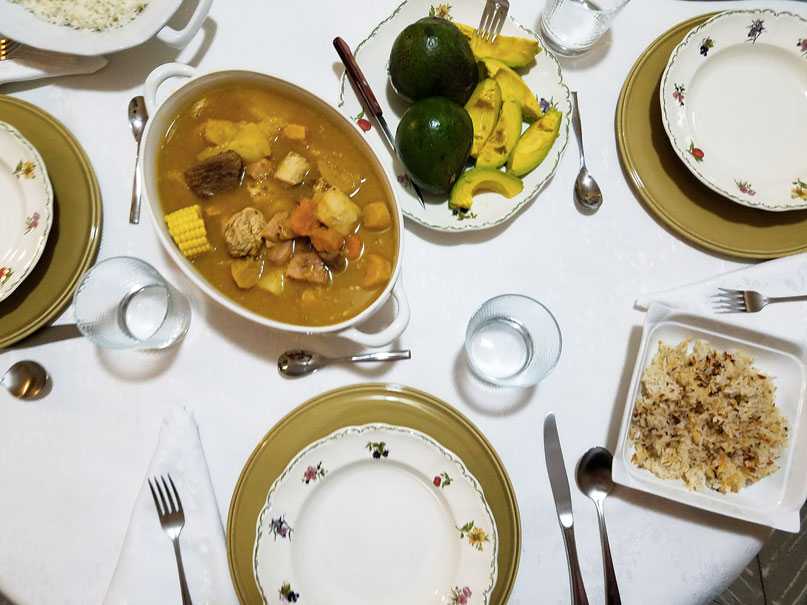
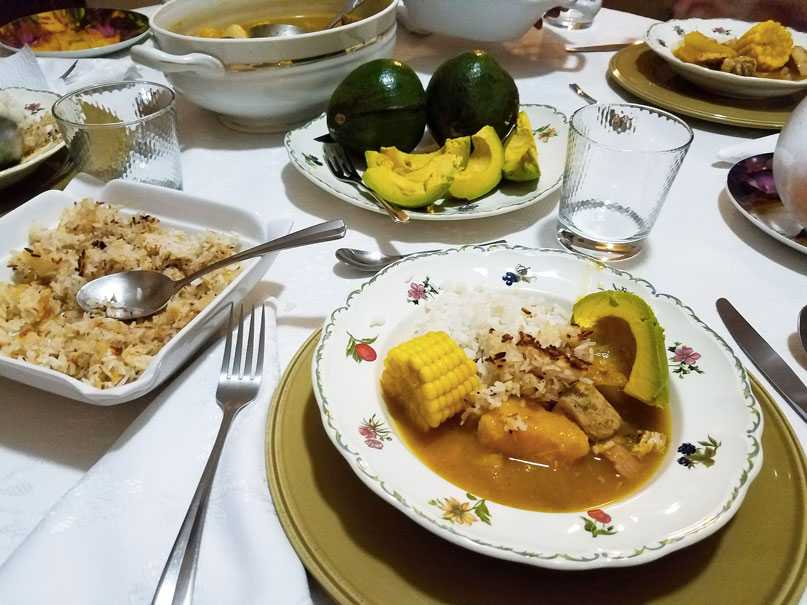
Dessert was something Rossy made ahead of time. At first, she was planning to do a pineapple upside down cake, but I'm so glad she made us a dulce de leche cortada instead. It's basically curdled milk in this sweet, Christmas-y-tasting sauce with cinnamon, brown sugar and prunes. I had never seen such a dessert before and the curdled milk sort of tasted like cottage cheese.
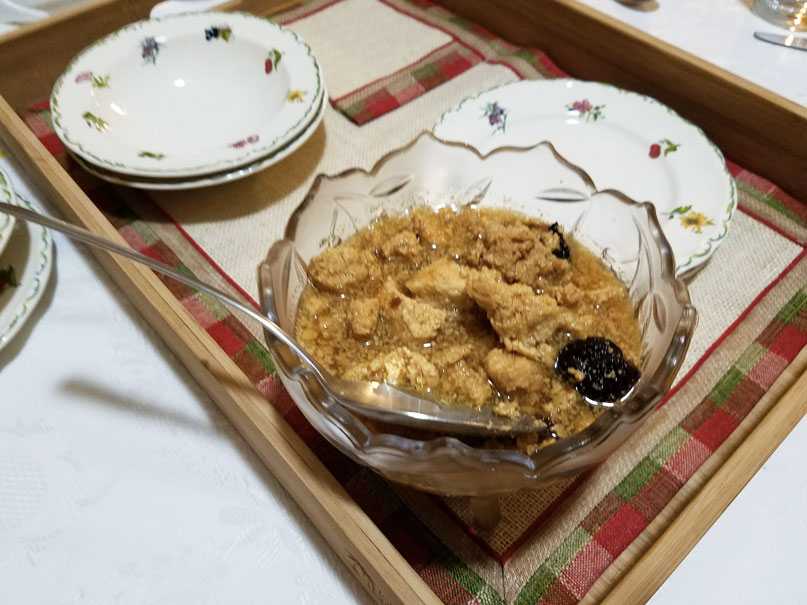
Anyways, I had such a great time with Rossy and her daughter talking about Dominican culture, food and even politics. This is a final shot of all of us together.
